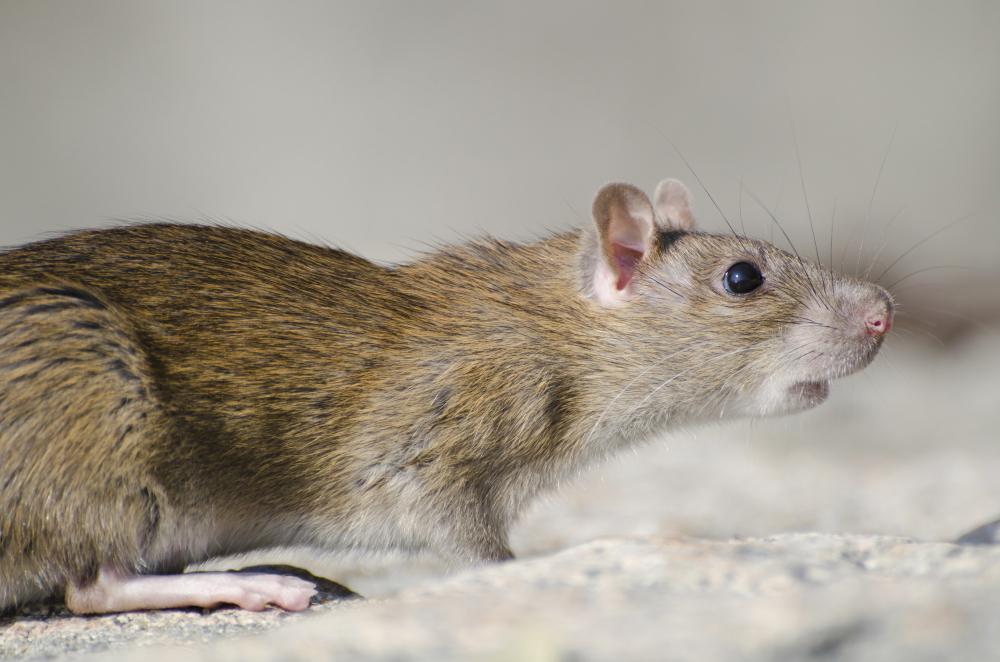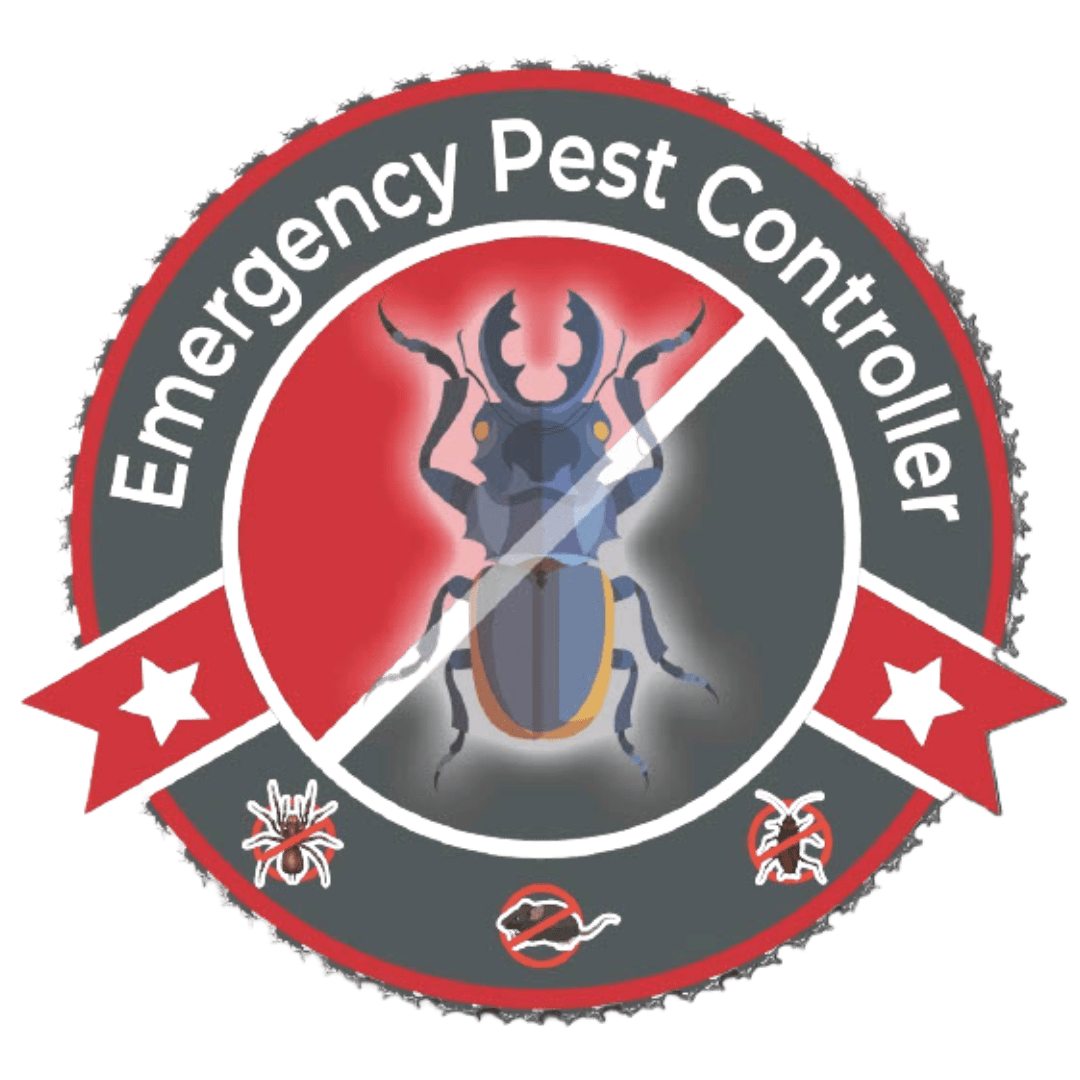Mice Control Melbourne
Get a free quote today!
Our Services

Fast & Reliable Mice Pest Experts
When mice invade your home or business, quick action matters. EMERGENCY PEST CONTROLLER provides professional, safe, and effective mice control Melbourne services designed to eliminate rodents and prevent future infestations. Our local team understands Melbourne’s pest conditions and delivers solutions that work long-term, not just temporary fixes.
Expert Treatment
Safe Solutions
Long-Term Prevention
Professional Mice Pest Control in Melbourne
Mice are more than a nuisance — they contaminate food, damage wiring, and spread harmful bacteria. Our mice pest control Melbourne services are designed to handle infestations of all sizes using proven methods that meet Australian safety standards.
We focus on:
- Accurate identification of infestation sources
- Safe elimination techniques
- Preventive treatments to stop repeat problems
Whether you’re dealing with scratching noises in the walls or visible droppings, our experts respond fast with reliable solutions.
Our Mice Control Process
At EMERGENCY PEST CONTROLLER, we follow a structured and transparent approach to ensure effective results:
1. Detailed Inspection
We inspect entry points, nesting areas, and food sources to understand the extent of the problem.
2. Targeted Treatment
Using industry-approved tools and treatments, we remove mice safely while minimising risk to people and pets.
3. Prevention & Proofing
We seal access points and provide expert advice to reduce the chance of reinfestation.
This complete approach sets our pest control Melbourne mice service apart from short-term fixes.


The physical characteristics of house mice include-
- Brown or grey fur
- Head length is about 8-10cm
- The tail length also of 8-10 cm
- Weight of 14-20 grams
- Small, slender shaped body
- Sharp nose
- Large and hairy ears
- Pink colour feet
- Small spindle or irregular-shaped droppings.
Why Mice are Considered as Pests
Direct Contamination
- Mice's urine or faces contaminating meals or utensils. Examples include- food poisoning from Salmonella, mild meningitis, Weil's illness, a bacterial int ection causing jaundice, and tapeworm.
- Direct contamination from urine or faces, where germs appear to infiltrate the skin through tiny scratches; an example of this is weil's illness
- Direct human bites contamination, such as rat-bite fever and relapsing fever (bacteria)
Indirect Contamination
- Indirect contamination is caused by ectoparasites that feed on blood, such as fleas; examples include the bubonic plague and murine typhus fever (Rickettsia)
- Indirect contamination from pets to humans, such as favus, a skin condition caused by a mouse to pets to humans fungus
- For instance, trichinosis (worm-infested mice eaten by a pig, worm-infested pig eaten by a human) is an indirect infection caused by being consumed by an intermediate carrier.
Physical Damage
- House mice physically harm furniture, books, food containers, doors, skirting boards, and upholstery.
- Telephone systems have broken down and short-circuited due to wire and cable nibbling, which might lead to equipment damage.
Diseases Transmitted by Rodents
- Plaque
- Poliomyelitis
- Rat bite feve
- Trichinosis
- Typhus
- Hantavirus
- Leptospirosis
- Pneumonic plague
- Murine typhus fever
Non Chemical Control Methods for Rodent Control
- SANITATION- Sanitation limits the amount of food and shelter rodents have access to- the importance of adopting high levels of hygiene and sanitation to prevent mice activity.
- PROOFING- Proofing is the process of making structural changes to a building to prevent mice access. It is best to avoid using materials like wood and plastic because rodents can gnaw through them.
- TRAPPING - Trapping is physically capturing rodents with traps, glue boards, simple snap traps, and multiple mouse-catching devices. Trapping techniques demand more time and effort than other chemical rodent control techniques
Chemical Control Methods For Rodent Control
- TRACKING POWDERS AND GELS - Rodenticides can be found in powder or gel form. When these are positioned in areas where mice are likely to contaminate their paws and fur (such as along runways, in tunnels, or on the bottom of bait stations), the rodents will subsequently eat some poison while grooming. Tracking powders can be scattered in the proper locations or in less accessible circumstances, and a dust blower may be helpful.
- BAITING- Rodenticides are frequently used to manage mice infestations. Acute or chronic rodenticides can kill the rodent with a single dosage (acute). Poison baits canbe made from various ingredients, such as bread, cereals, fish, meat, prawns, fruits, nuts, or vegetables.
Prevention Measures for Bed Bug Contro
- DROPPING - Rodent species can be determined by looking at the droppings. They indicate extremely recent activity when they are shiny, black, and flexible. Typically, they dry out in 2-3 days and become dull and hard. Eventually, they may also be attacked by insects. Consider into account cleaning up droppings from specific areas so that a later inspection will more clearly show whether or not there has been continuous activity.
- GNAWING - To keep their incisors down, rodents must gnaw. They frequently munch on items such as conduits, cables, softnetals, soap, food containers, and timber. If there are recent gnawings visible next to and below the chew marks, this suggests recent activity.
- URINE STAINS - When exposed to a black (ultraviolet) light, rodent urine causes surfaces to glow. Mice's urine frequently has the appearance of being sprinkled on the ground. Use caution when using a black light because some substances besides rodent utrine may show fluorescent pronerties.
- SOUNDS- Building occupants can draw attention to sounds observed at night or in the evening. The common phrases used for these include bumping, squeaking, chewing, clawing, and sometimes fighting.
- ODOUR- An ongoing rodent infestation typically leaves behind a distinct smell
- NESTS - Nests may be located in hidden areas of buildings. They are typically made of rags, paper, cardboard, straw, and other materials, and if there are recent droppings, they are probably active. Food collections, even snail shells, may indicate that house mice breeding grounds are nearby.
- RUNWAYS AND RUBMARKS- Surfaces have developed these greasy smear marks from long-term contact with soiled smooth mice fur. Usually, they are most noticeable on vertical surfaces, and they are particularly helpful for placing bait stations and traps, whether they are baited or not, as well as for rodent-proofing methods. They suggest no current rodent activity if they are covered with dust or cobwebs.
Why Choose EMERGENCY PEST CONTROLLER?
Local Melbourne Experts
We understand common mouse problems specific to Melbourne homes and businesses.
Fast Emergency Response
Rodent issues escalate quickly — we act fast when you need urgent help.
Safe & Compliant Treatments
All treatments are carried out using approved methods that prioritise safety.
Honest Pricing
Clear, upfront pricing with no hidden costs.
Experienced Pest Technicians
Our technicians bring real-world experience, not guesswork.
Residential & Commercial Mice Control
We offer customised mice control Melbourne solutions for:
- Homes & apartments
- Restaurants & cafés
- Offices & warehouses
- Retail stores
- Rental properties
No two infestations are the same, which is why we tailor every treatment plan to your property.
Signs You May Have a Mice Problem
If you notice any of the following, it’s time to call a professional:
- Droppings in kitchens or storage areas
- Scratching or squeaking sounds at night
- Chewed wires, packaging, or furniture
- Unpleasant odours from hidden nests
Early treatment reduces damage and keeps costs lower.
Safe, Long-Lasting Mice Control Solutions
DIY traps and store-bought products often fail to address the root cause. Our mice pest control Melbourne services focus on long-term protection, ensuring your property stays mouse-free.
We also provide expert guidance on hygiene and maintenance to help prevent future infestations.
Book Trusted Mice Control in Melbourne Today
Don’t let mice put your health or property at risk. Contact EMERGENCY PEST CONTROLLER for dependable pest control Melbourne mice services delivered by experienced professionals.
